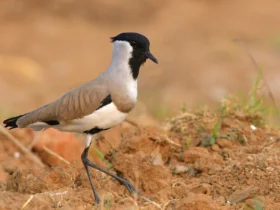The Saker Falcon (Falco cherrug) is one of the fastest-flying bird species in the world. It is a majestic and powerful raptor that has captivated the hearts of bird enthusiasts and falconers alike. Known for its exceptional speed, agility, and regal appearance, the Saker Falcon holds a prominent place in the avian kingdom.
Saker Falcon images
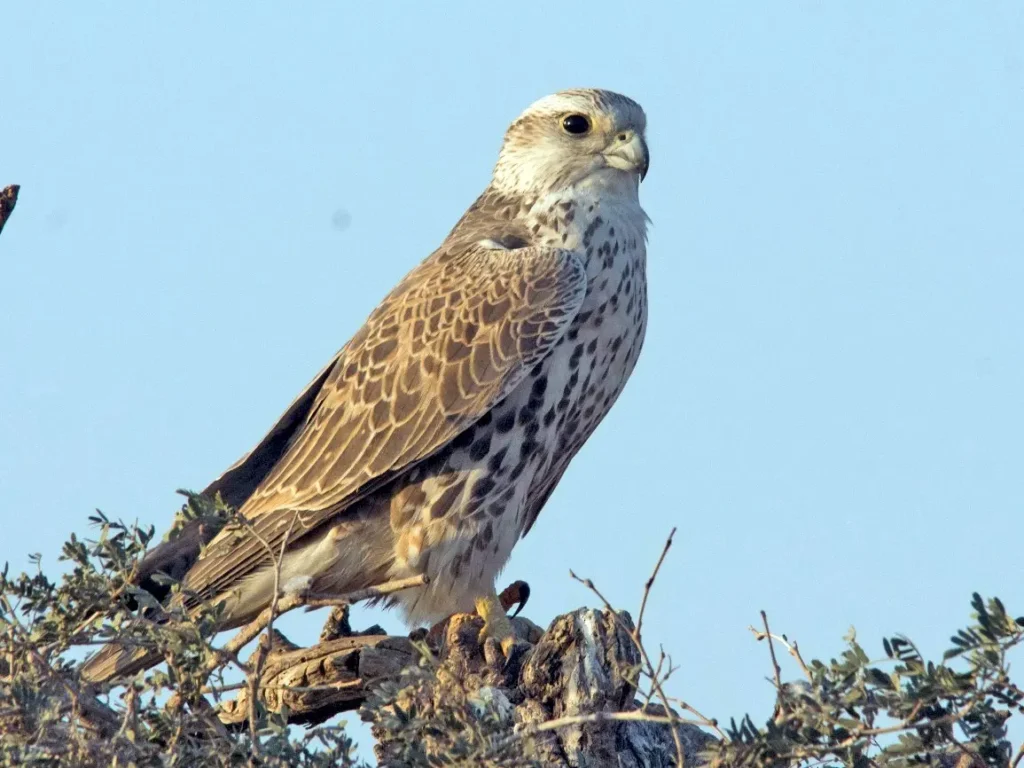
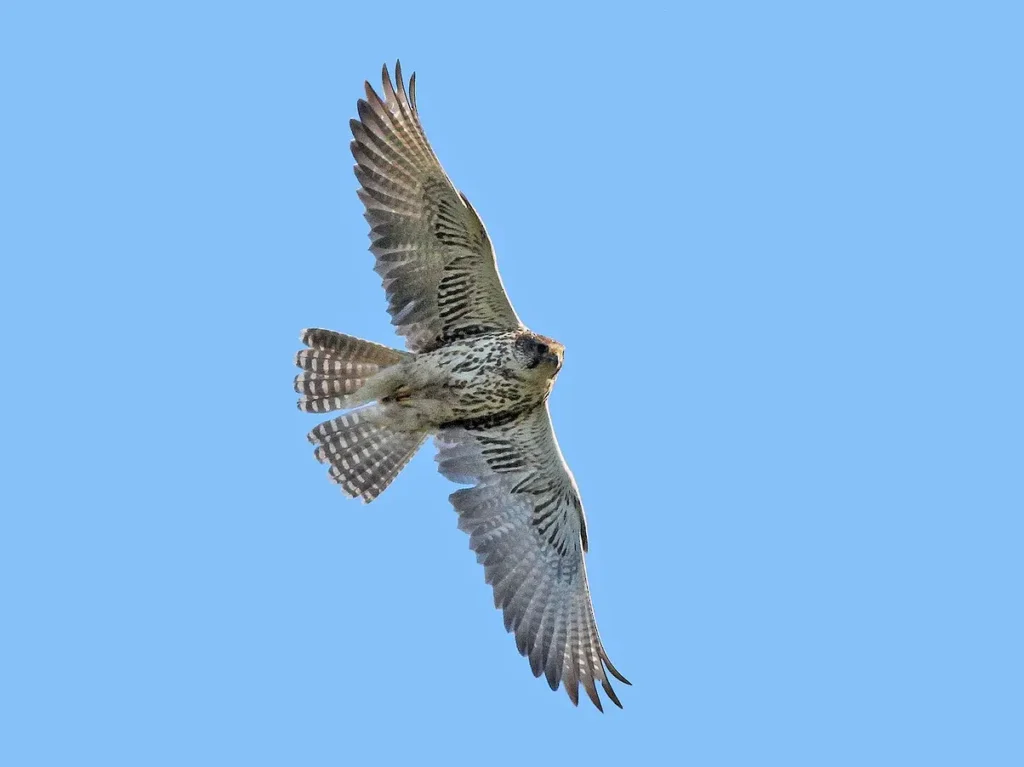
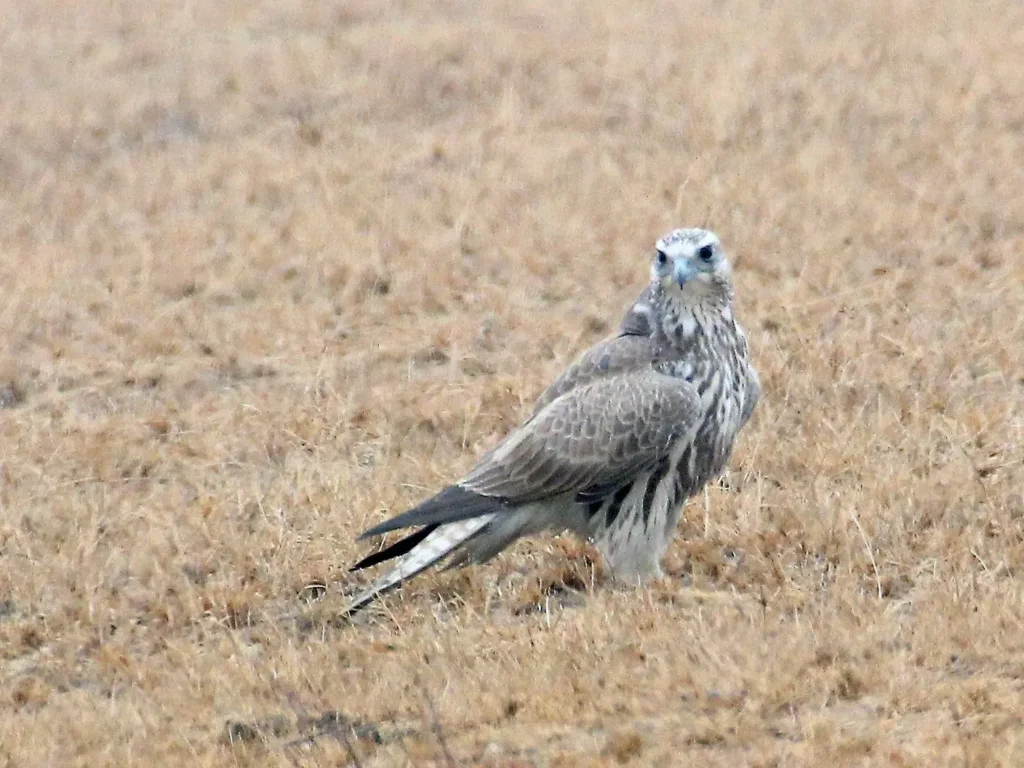
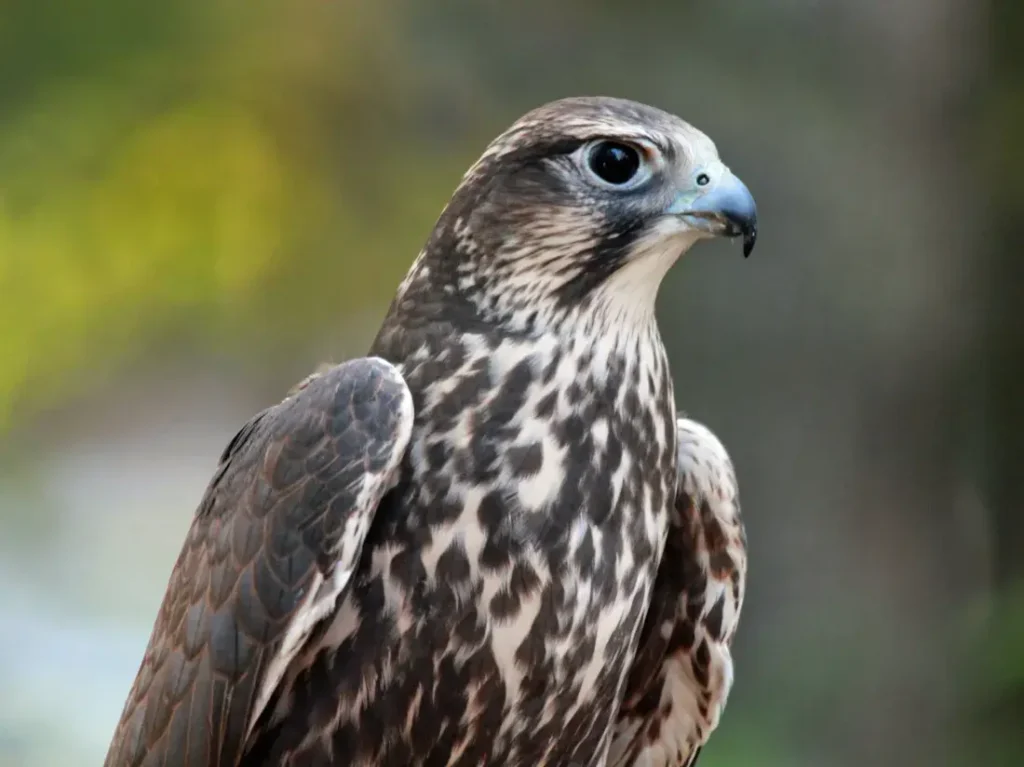
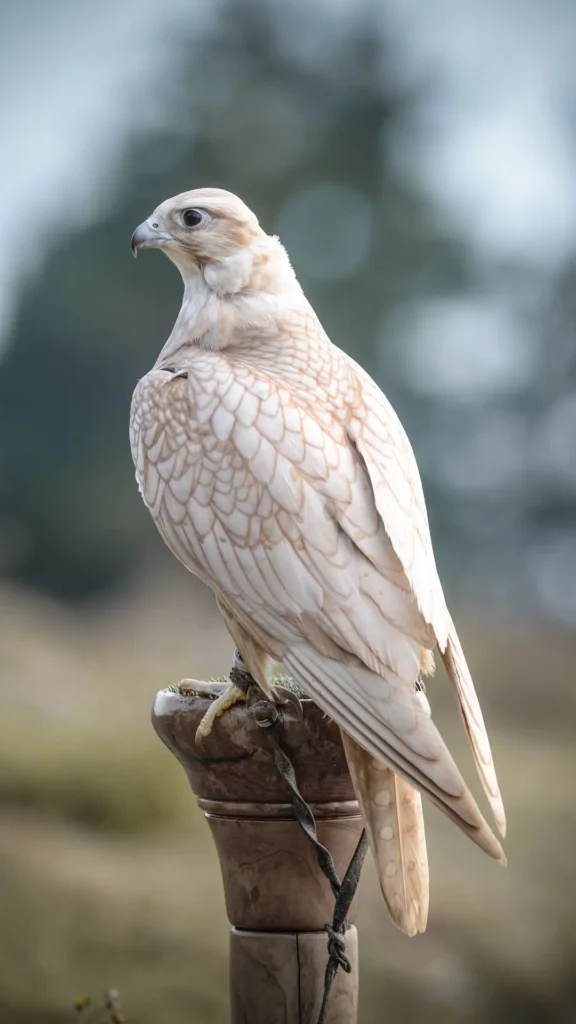
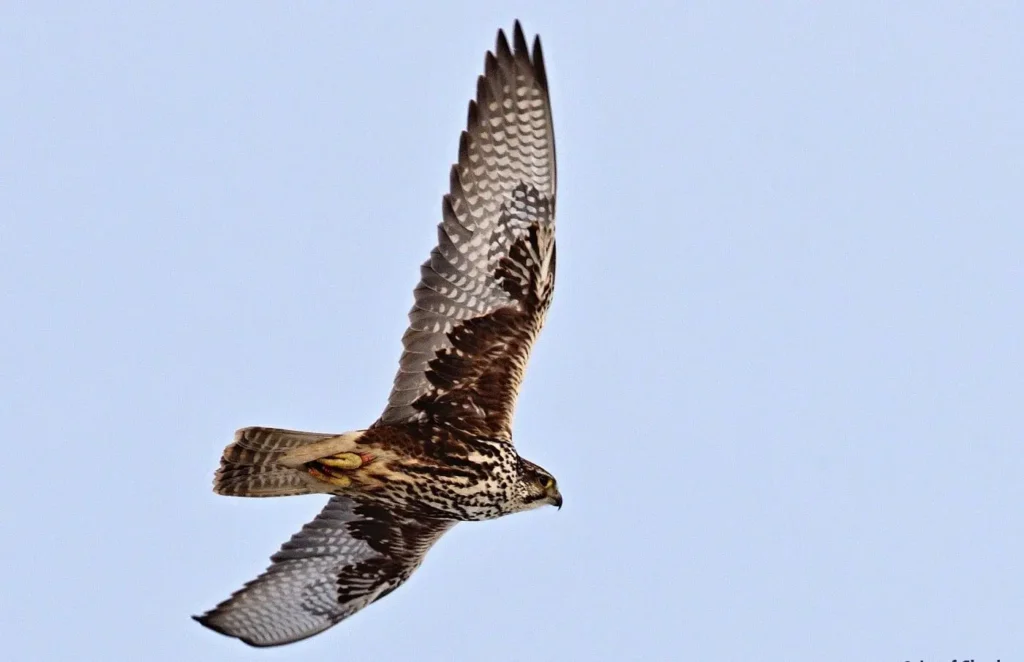
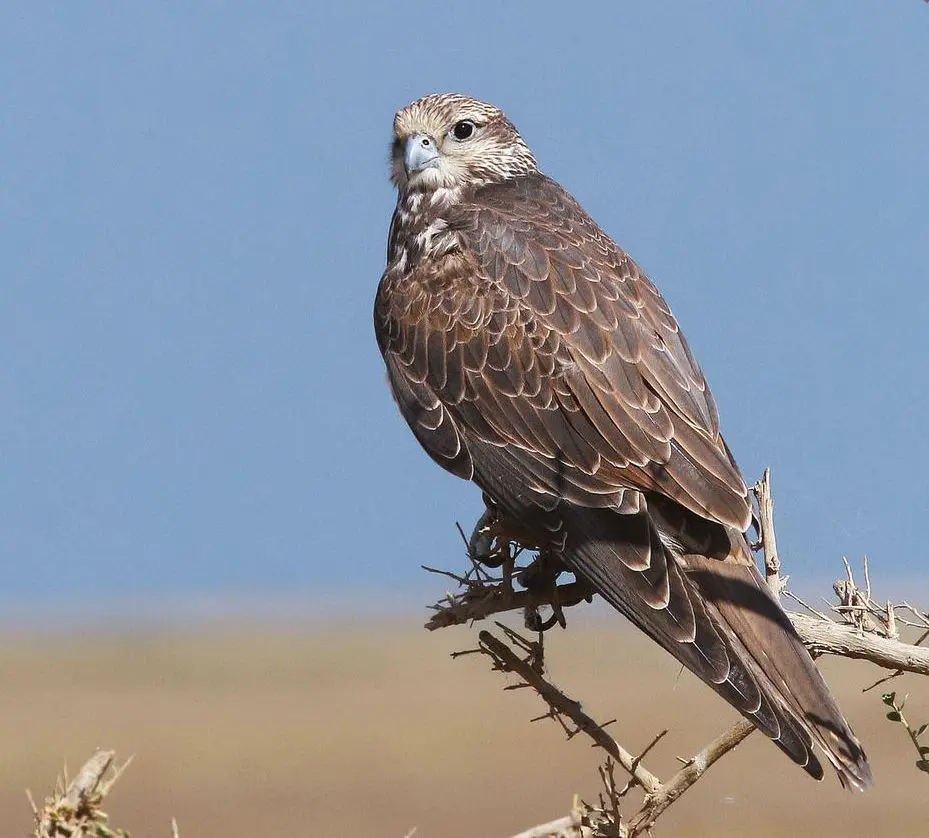
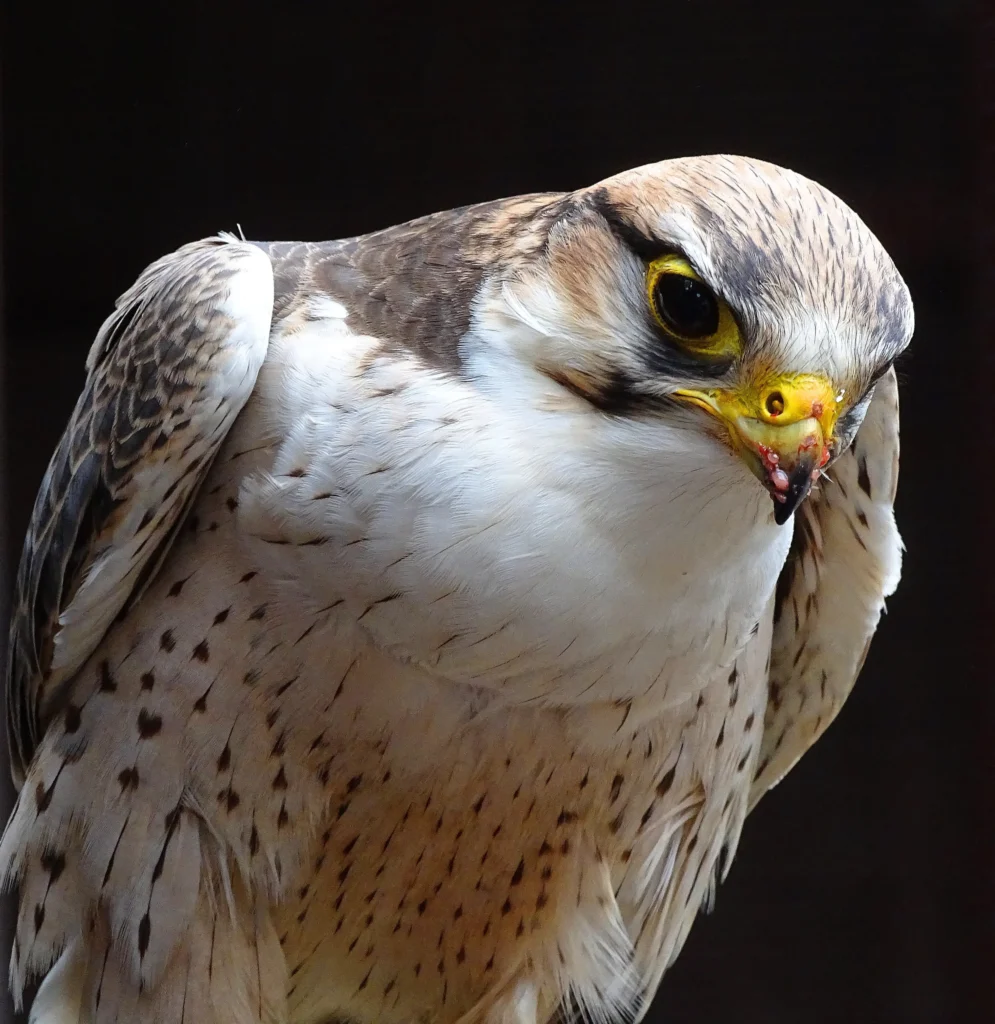
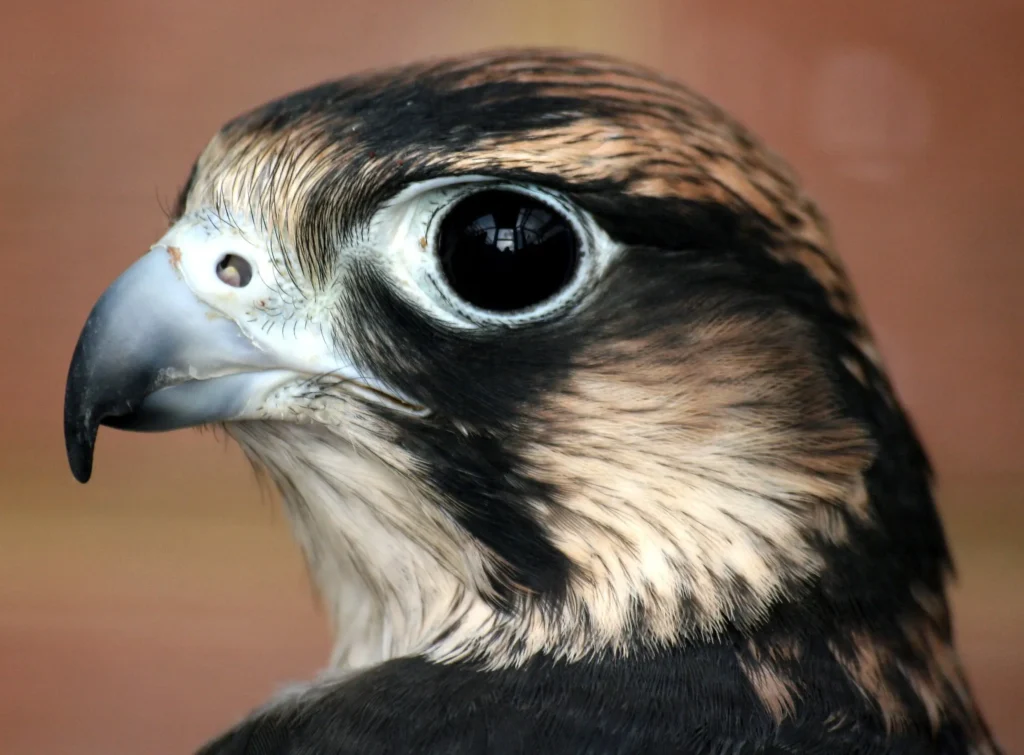
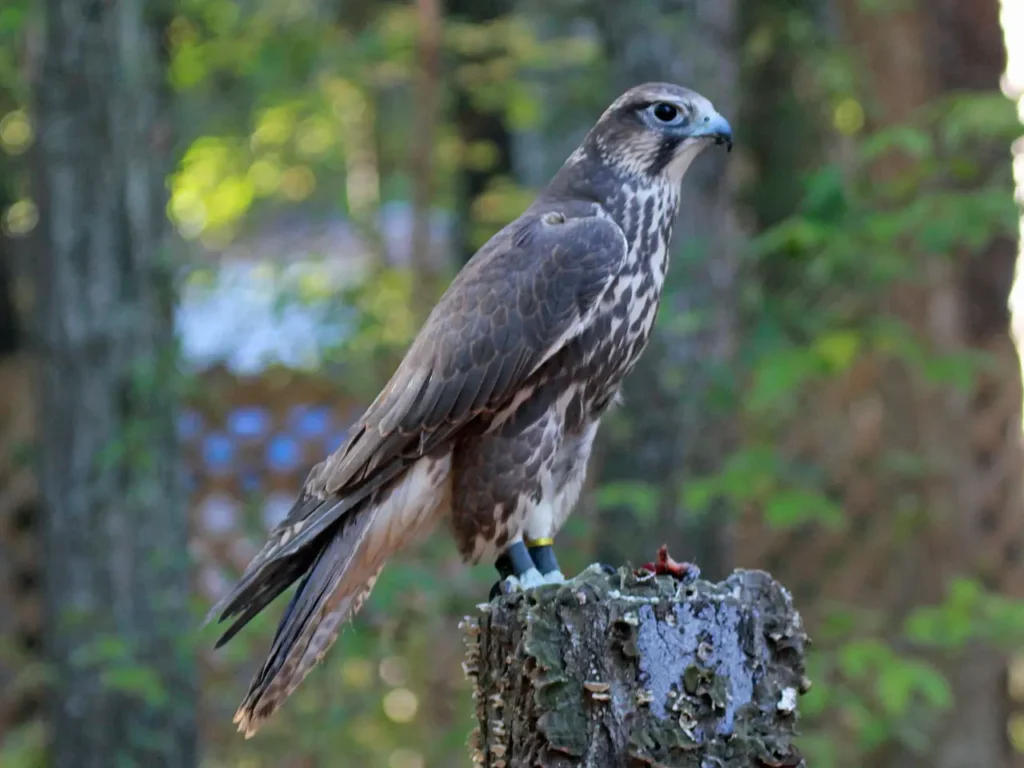
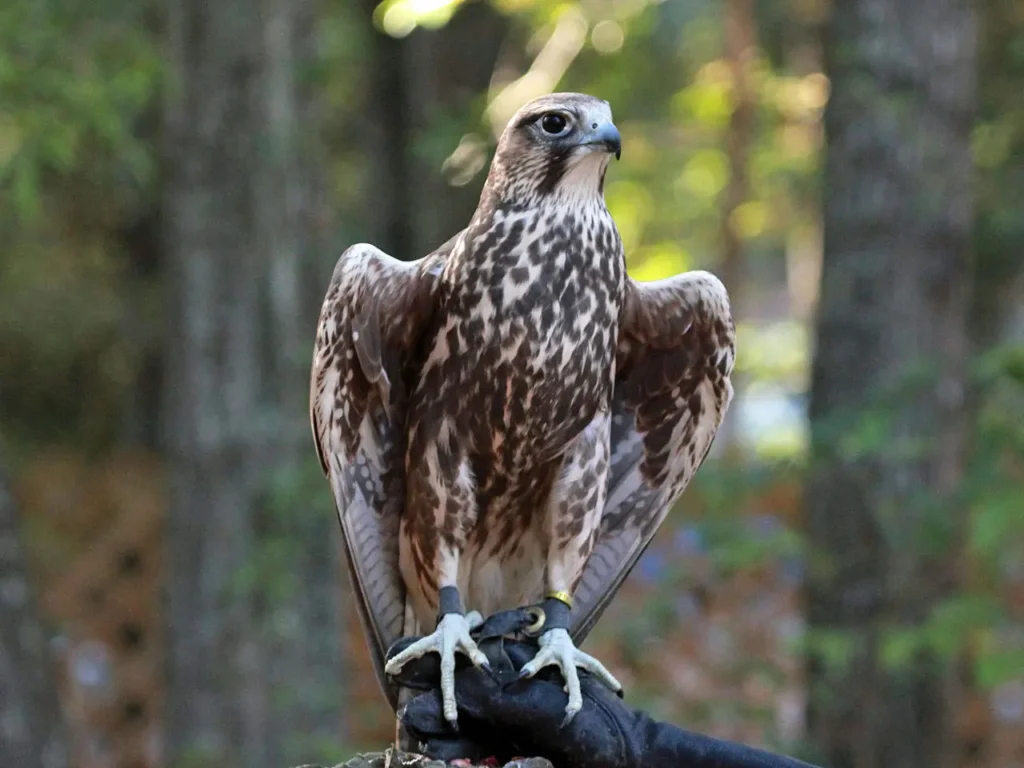
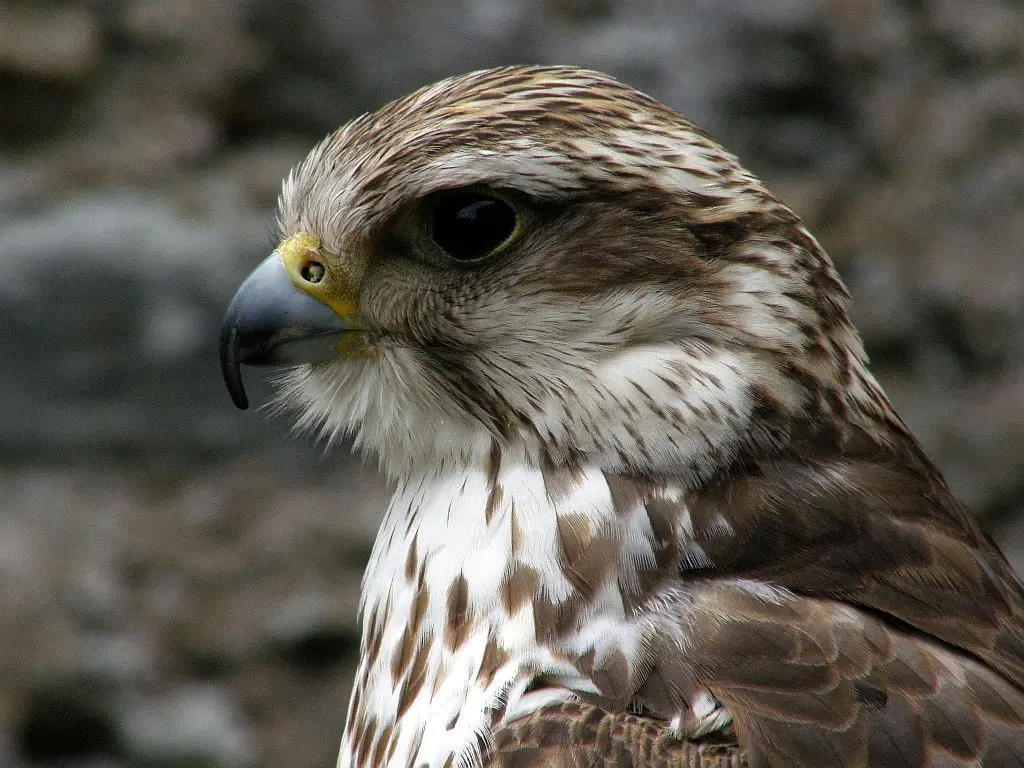
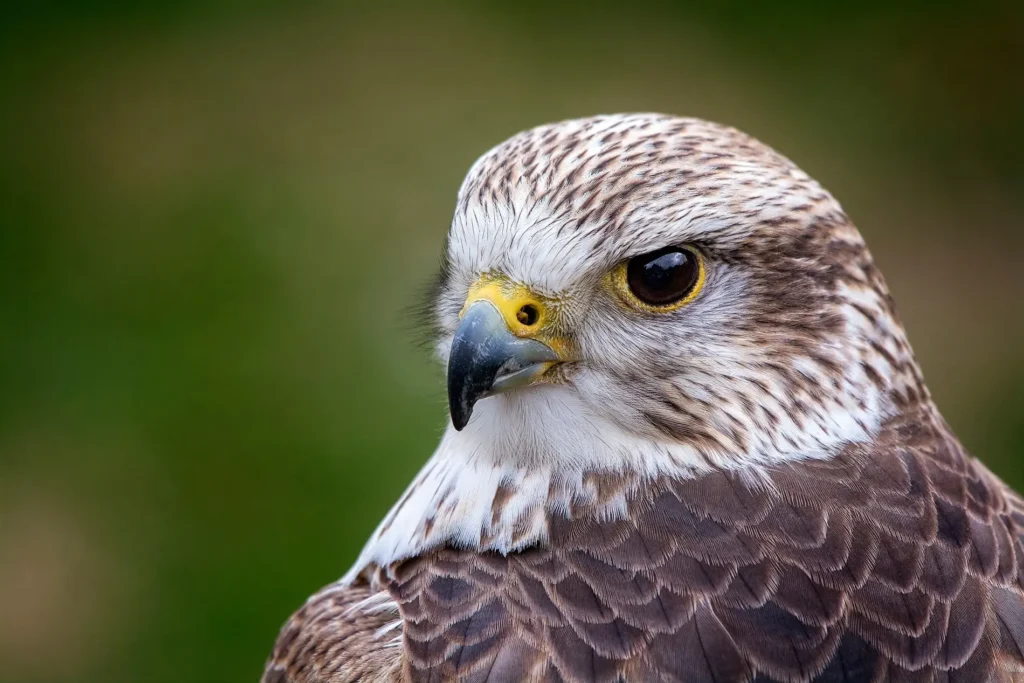
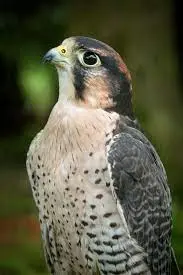
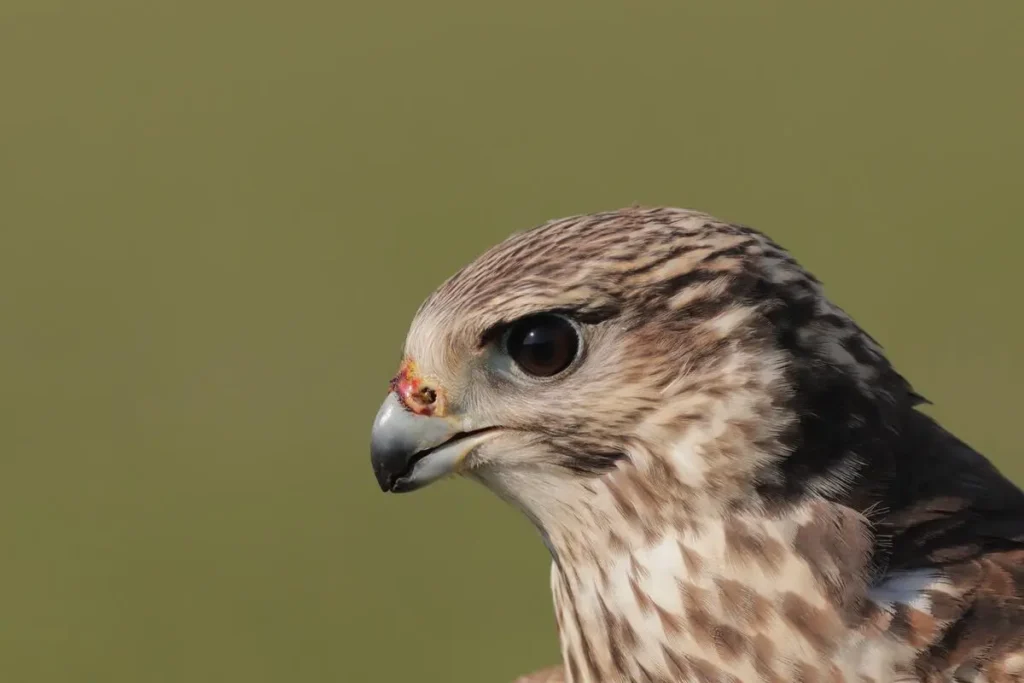
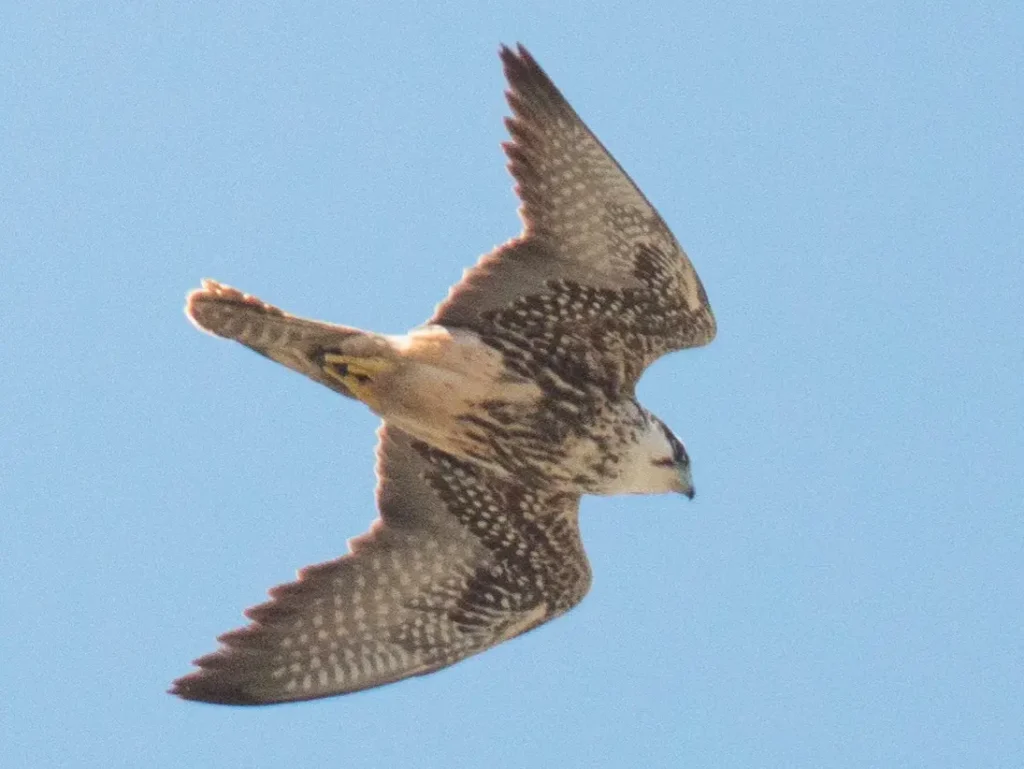
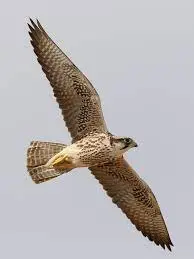
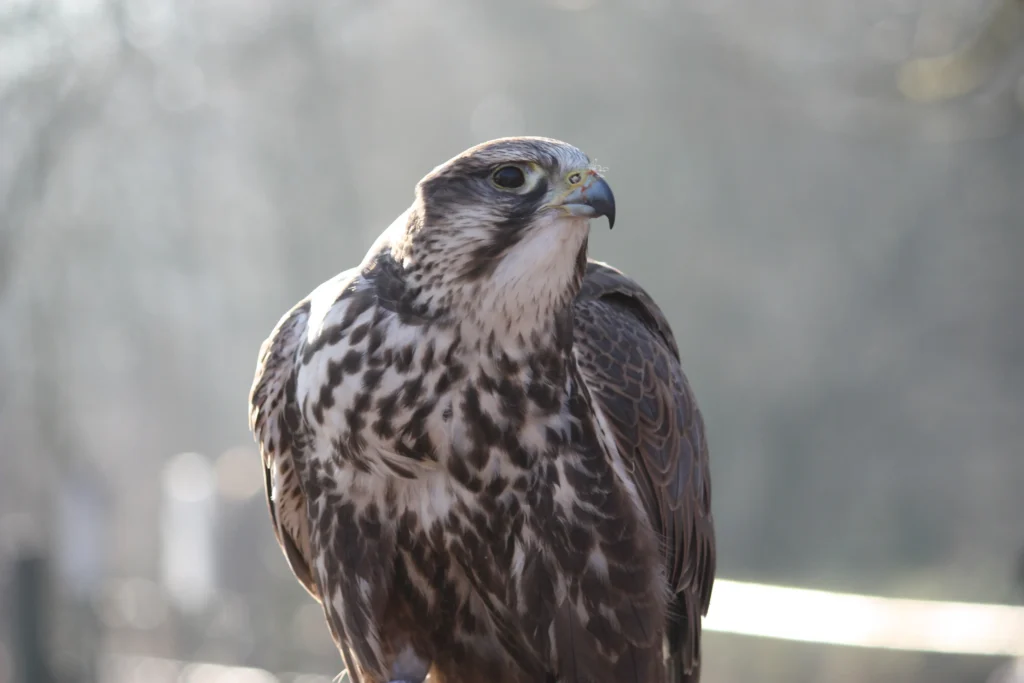
In this article, we will delve into the captivating world of the Saker Falcon, exploring its physical attributes, habitat, hunting prowess, and its significance in both nature and culture.
Physical Attributes and Habitat
The Saker Falcon is a medium-sized falcon with a distinctive appearance. It boasts a robust body, broad wings, and a strong, hooked beak that is perfectly adapted for its predatory lifestyle. Its plumage varies from light to dark brown, with a pale underbelly and striking dark streaks on its chest and belly. This beautiful bird of prey exhibits sexual dimorphism, with females being larger and heavier than males.
Saker Falcons inhabit vast open habitats, including steppes, grasslands, deserts, and mountainous regions. They are known for their ability to adapt to a wide range of environments, from lowland plains to high-altitude plateaus. They are particularly associated with regions in Central Asia, such as Mongolia and Kazakhstan, where they find suitable nesting sites on cliffs or abandoned nests of other birds.
Hunting Prowess and Feeding Habits
The Saker Falcon is a formidable hunter, relying on its speed and agility to capture prey in mid-flight. With remarkable aerial prowess, it can reach speeds of up to 240 kilometers per hour (150 miles per hour) during its hunting dives. This incredible speed makes the Saker Falcon one of the fastest birds in the world.
The falcon primarily feeds on small to medium-sized birds, such as pigeons, larks, and pheasants. It hunts by employing a combination of strategies, including high-altitude soaring to spot potential prey and rapid dives known as stoops to strike with precision. Its sharp talons and powerful beak enable it to swiftly grasp and kill its victims mid-air. The Saker Falcon’s hunting abilities are truly awe-inspiring, reflecting its status as a top predator in its ecosystem.
Cultural Significance and Conservation
The Saker Falcon has long held cultural significance and played a vital role in the ancient art of falconry. Falcons, including the Saker Falcon, have been used by falconers for centuries due to their speed, strength, and trainability. Falconry traditions, deeply rooted in Central Asian and Middle Eastern cultures, highlight the bond between humans and these majestic birds.
However, the Saker Falcon faces numerous conservation challenges. Habitat loss, illegal trapping for falconry, and pesticide use leading to a decline in its prey populations pose significant threats to its survival. Recognizing its importance, conservation efforts are being undertaken to protect its habitats, raise awareness about its conservation status, and combat illegal trapping.
The Saker Falcon is a true marvel of nature, combining elegance, speed, and hunting prowess in one magnificent creature. Its physical attributes and impressive hunting abilities have enthralled humans for centuries. As we strive to preserve our natural heritage, it is imperative to protect the Saker Falcon and its habitats, ensuring the continued existence of this regal bird and allowing future generations to witness its breathtaking flights across the open skies.
